Ever wonder what items you need to get started on your Asian cooking journey? This handy beginner's guide to Asian Cooking Essentials to Keep in Stock will help you stock your pantry and fridge with the most-used products in Asian cooking. Let's get started!

If you've always wanted to try your hand at Asian cooking, but unsure of what products you'll need, this post is definitely for you! Lots of Asian recipes have multiple ingredients, but don't let that scare you. Most of these ingredients are staples that you can store in your pantry and fridge for quite some time as they have a long shelf life. Once you have these products on hand, the cooking part is a cinch!
In This Article:
- Where Can You Find These Products?
- Soy Sauce
- Types of Soy Sauce
- Rice vinegar
- Fish Sauce
- Frequent FAQ's
- Red Curry Paste
- Mirin
- Sambal Oelek
- Frequent FAQ's
- Coconut milk
- Miso Paste and Gochujang Chili Paste
- Sesame Oil
- Sriracha Sauce
- Common FAQ's
- Sweet Chili Sauce
- Tofu
- What is Tofu?
- Health Benefits of Tofu
- Rice
- Jasmine Rice vs. Sushi Rice
- Rice Noodles and Rice Paper Wrappers
- Toasted Sesame Seeds
- Chinese Five Spice
Where Can You Find These Products?
- Grocery stores. Most large grocery stores carry these popular Asian pantry items in the international aisle. The produce can usually be found in your grocer's produce section. Your best bet for more exotic produce can be found at your local Asian market.
- Asian markets. Most U.S. cities have numerous Asian markets which carry a large selection of products and produce. My go-to here in Atlanta is the Buford Highway Farmers Market. It's like heaven on earth! One of the more well-known Asian markets is H-Mart, which is located in many major cities in the U.S.
- Amazon. For easy delivery and a wide selection, buy directly through Amazon by clicking on the various product links in this post.
[*These products contain affiliate links of which I receive compensation for qualifying purchases.]

Check out this selection of soy sauces at a local Asian market! There are rows upon rows of this Asian cooking essential in other aisles as well. So many to choose from!
Soy Sauce

Perhaps the most-utilized ingredient in Asian cooking is soy sauce. There are many varieties of soy sauce to keep in your pantry. I tend to use the low-sodium soy sauce to keep it lighter. And, depending on your diet, there are also an array of gluten-free (no soy) options too, like coconut aminos, tamari sauce, gluten-free, and no-soy sauce. Here's a breakdown:
Types of Soy Sauce
- Dark Soy Sauce: This all-purpose seasoning is perfect for just about any Asian sauce, from stir fries to noodles, as well as for dipping sauces and marinades!
- Reduced Sodium Soy Sauce: This lighter, reduced-sodium soy sauce works as well as the darker version, but with about 50% less added salt (check the label). Perfect for those looking to lower their sodium intake.
- Tamari: There are several gluten-free options of soy sauce for those watching their gluten intake. One of the most popular options is tamari, still rich in umami flavor, but made with no wheat. It's also vegan (but, check the label).
- Soy-Free Soy Sauce: I love the distinct sweet, and slightly tangy, flavor of coconut aminos, my go-to for soy-free sauce. There are other options as well.
Some Delicious Recipes Using Soy Sauce
Search the Recipe Box for inspiration using these products, and get cooking in the kitchen!
Rice vinegar
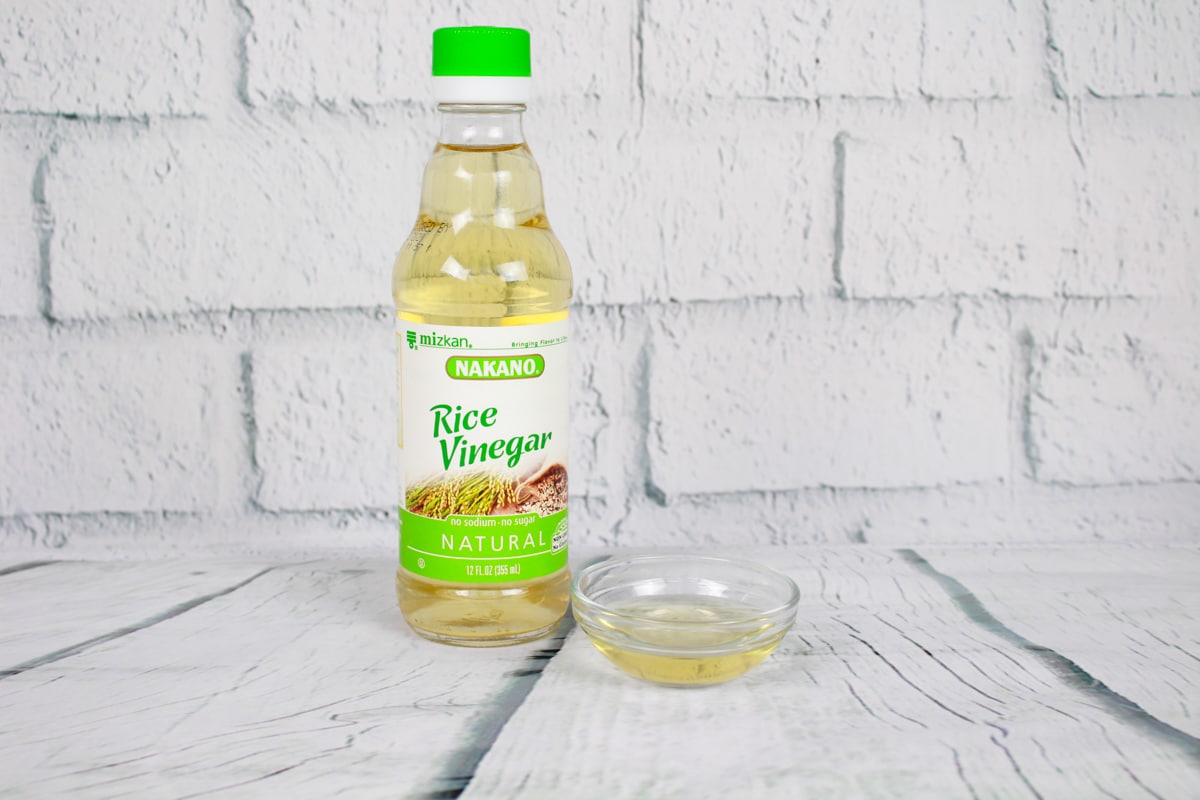
Rice vinegar is made from fermented rice, and is naturally gluten free. Rice vinegar is subtle, and has a delicate, sweet flavor relative to other vinegars. It's perfect for use in Asian marinades, sauces, and rice. I do not recommend using the seasoned rice vinegar. (Check the label.)
Some Easy Recipes Using Rice Vinegar
Fish Sauce

This Southeast Asian condiment, and Asian cooking essential, is used in literally everything, from traditional dipping sauces to curries. Fish sauce adds a salty, umami, savory flavor, making your food taste more complex than without. It doesn't take much of this versatile sauce to add that flavor.
Frequent FAQ's
Most modern fish sauces contain only fish and salt, usually made from anchovy, shrimp, mackerel, or other strong-flavored, high-oil fish, and is fermented for up to two years.
Much like soy sauce, fish sauce can be made gluten-free, but also may NOT be gluten-free. Thai Kitchen makes a gluten-free fish sauce, but when buying the sauce for yourself or eating out, be sure to see the label for yourself.
Some Flavorful Recipes Using Fish Sauce
This Nuoc Cham Dipping Sauce using fish sauce as an ingredient is amazing! A staple at most Vietnamese tables, it's so easy to prepare. you can whip this up in about 10 minutes. It's sweet, sour, salty, savory, and spicy!
Red Curry Paste
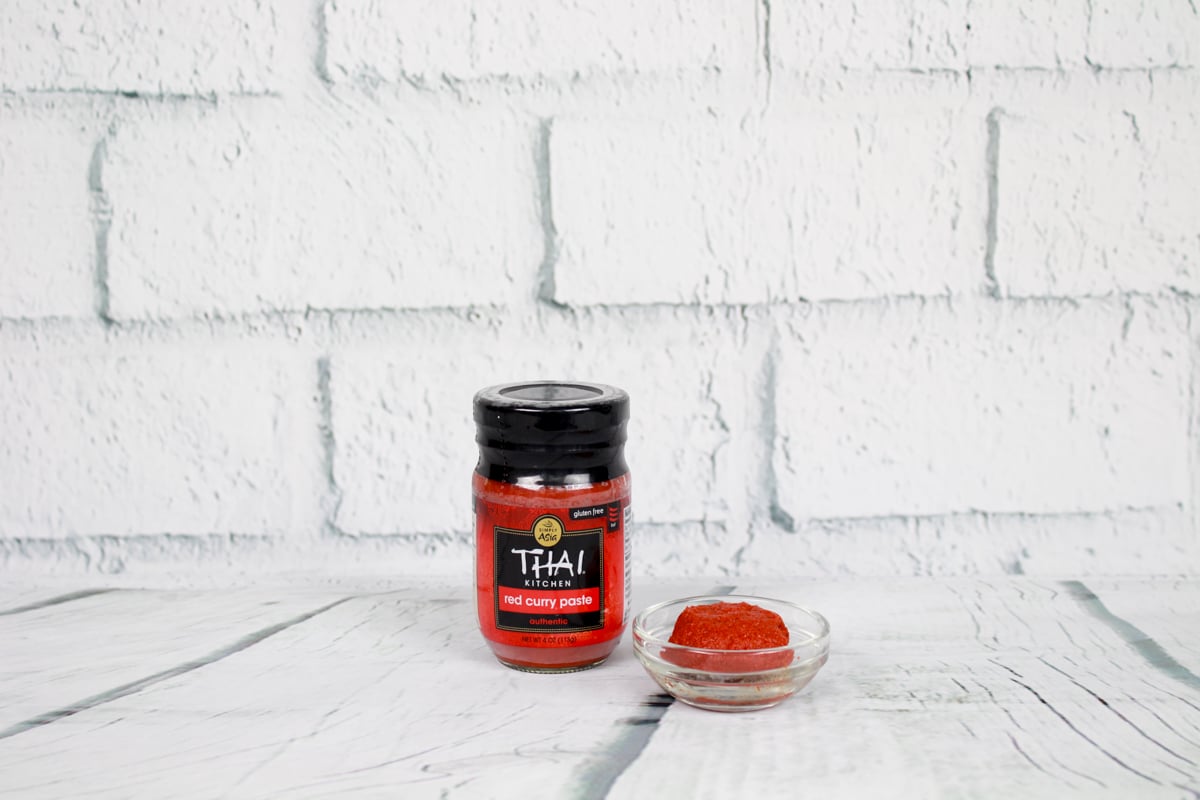
The most common use of red curry paste is for sauces and stews. Red curry paste has a combination of lemongrass, chiles, ginger, shallots, and a few other flavorings to create a savory, slightly spicy ingredient that pairs well with most proteins.
Some Flavorful Recipes Using Red Curry Paste
Mirin

Mirin is a sweetened sake (or rice wine) with a light, syrupy texture, mostly used in Japanese cooking. It gives a mild sweetness to sauces and dishes, and is particularly good with grilled foods because the alcohol burns off during cooking, leaving just the sweet taste.
Some Delicious Recipes Using Mirin
Sambal Oelek

This fiery, red chili sauce is great in just about everything! Sambal Oelek is a simple, spicy Indonesian condiment made of ground red chilies. You can use it wherever you'd use hot sauce, as a marinade, or add it to a variety of soups and noodle dishes. This is by far my favorite, and essential, Asian condiment!
Frequent FAQ's
The best substitutes for sambal are a garlic and chili sauce, Sriracha sauce (though it's sweeter than sambal), or crushed chili.
Some Spicy Recipes Using Sambal Oelek
Coconut milk
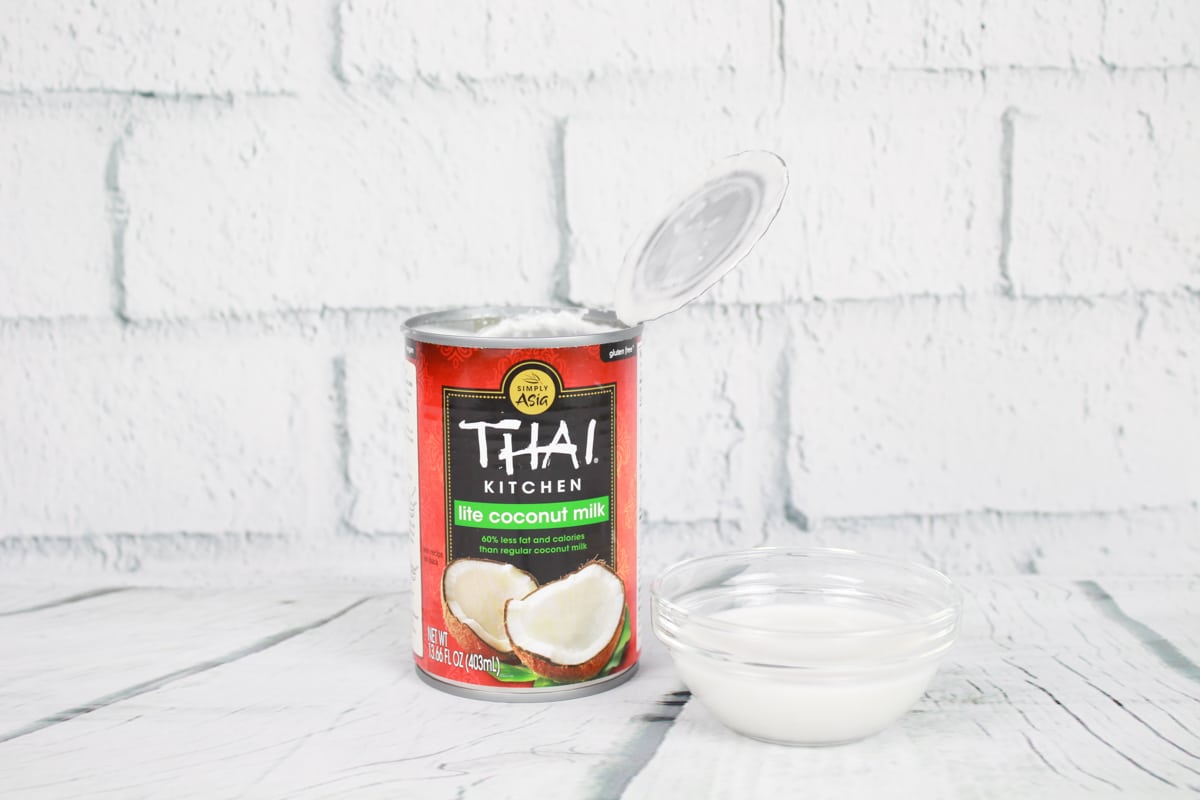
Super versatile, non-dairy coconut milk is widely used in Southeast Asian cooking. Coconut milk adds richness to stews and curries, slow cooker meals, and a nearly endless list of sweet treats. I often use the lite version to keep the calories down, and use full-fat coconut milk for a richer depth of flavor.
Some Creamy Recipes Using Coconut Milk
- Thai Coconut Curry Seafood Soup
- Rice Cooker Coconut Rice with Lemongrass
- Ginger and Turmeric Cauliflower Soup
Miso Paste and Gochujang Chili Paste

Miso paste: A traditional, widely used Japanese seasoning made with fermented soybeans with salt and koji, and sometimes rice, barley, or other ingredients. The result is a thick, flavorful, umami flavor used for sauces, soups, desserts, and spreads. There are many types of miso, but my miso of choice is white miso for its mildness and lower sodium content.
Some Umami Recipes Using Miso Paste
Gochujang paste: This spicy, traditional and essential Korean ingredient is salty, savory, and slightly sweet, and can be used in many ways including in soups, stews, and sauces. This paste is very concentrated and pungent in flavor, perfect for adding into meat dishes and marinades.
Some Quick Recipes Using Gochujang
Sesame Oil
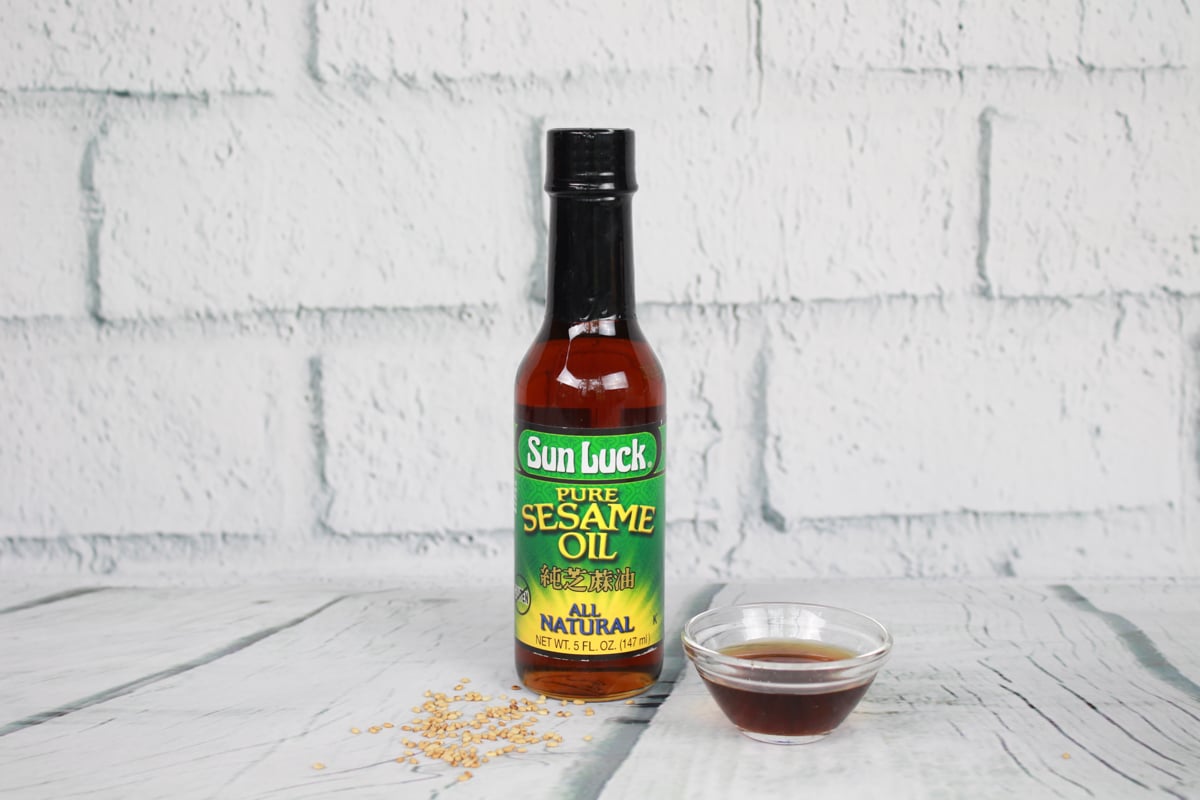
Just the right amount of sesame oil (a small amount) adds a heavenly, mildly nutty, and aromatic seasoning to Asian stir-fries, marinades, and sauces. This gluten-free flavor enhancer is derived from sesame seeds, and is super fragrant. Don't use too much or it will absolutely overtake the dish! Just a little goes a long way.
Some Aromatic Recipes Using Sesame Oil
Sriracha Sauce
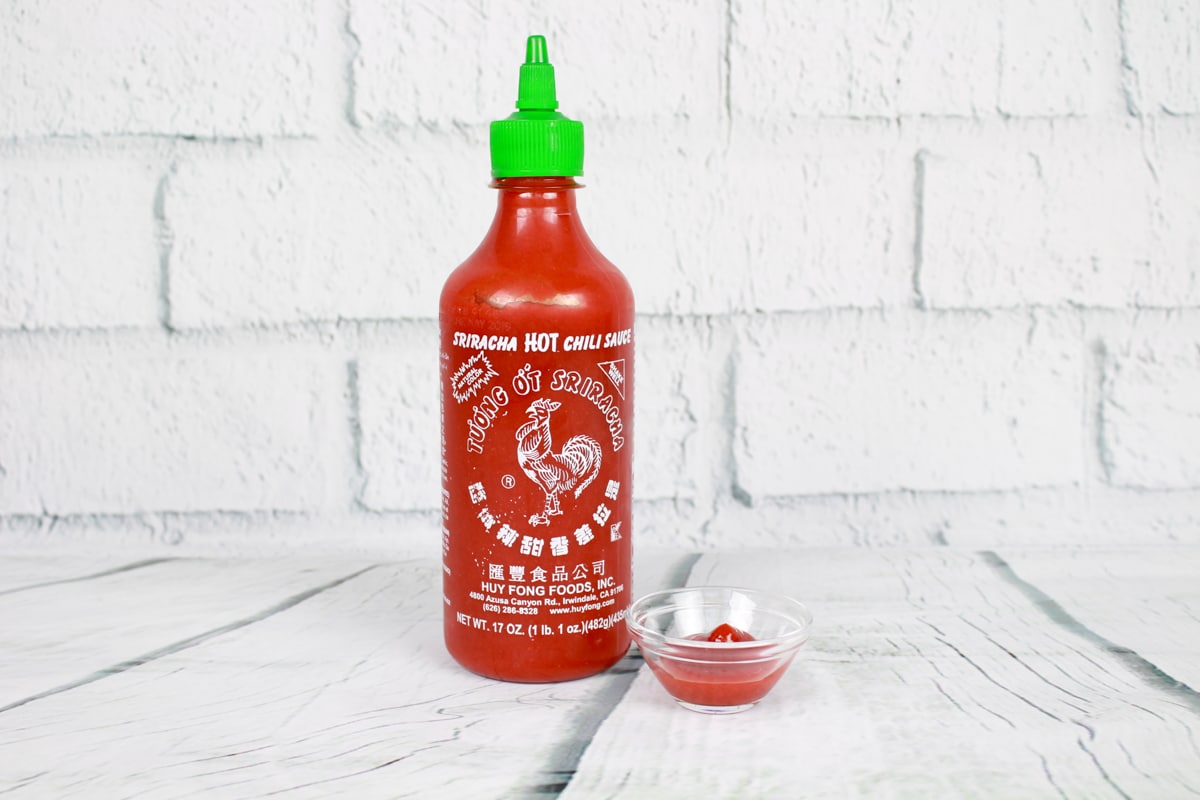
This potent condiment is super popular these days. For some, this is an essential product for Asian recipes. Made from red chili peppers, Sriracha sauce is perfect for spicing up your favorite foods. It's a sweet, tangy, delicious variety of hot sauce made with chili peppers, vinegar, salt, sugar and garlic.
Common FAQ's
The red chili peppers that give sambal oelek its signature spice and flavor results in sambal being spicier than sriracha, which might take some getting used to at first.
Sriracha contains chili peppers, sugar, salt, garlic, and a light amount of vinegar, while sambal is by far one of the simplest chili pastes around, and only contains chili peppers, salt, vinegar, and water.
Some Spicy Recipes Using Sriracha Sauce
- Spicy Baked Sriracha Crackers
- Blistered Shishito Peppers with Sriracha Aioli
- Crispy Baked Sriracha Sweet Potato Fries
Sweet Chili Sauce
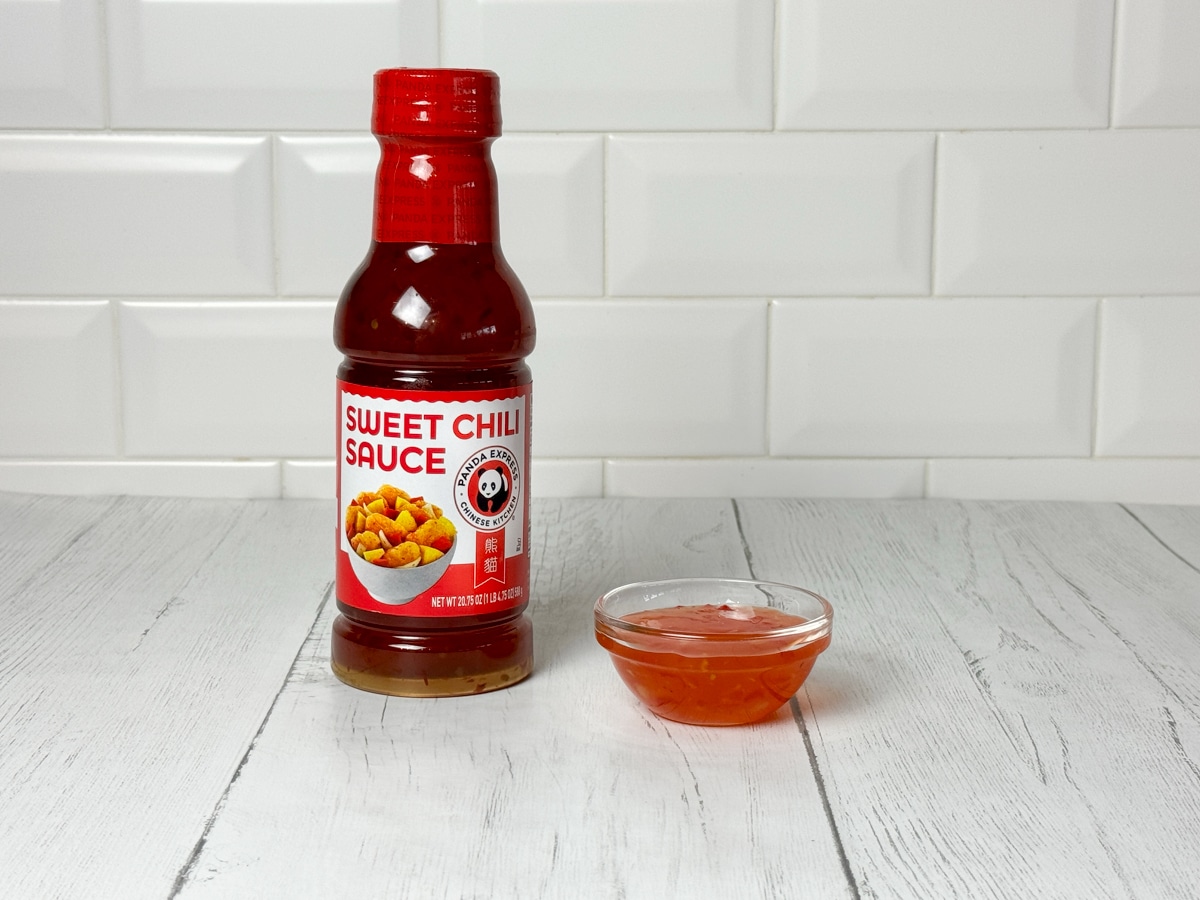
Sweet chili sauce is a versatile condiment that adds a burst of flavor to a wide range of dishes. It's the perfect combination of sweet, heat, and tangy that makes it irresistible as a dipping sauce for appetizers like spring rolls, crispy tofu, or shrimp tempura. Additionally, it can be used as a glaze for grilled meats like chicken or salmon, adding a delicious caramelized sweetness with a hint of heat.
Some Tasty Recipes Using Sweet Chili Sauce
Tofu
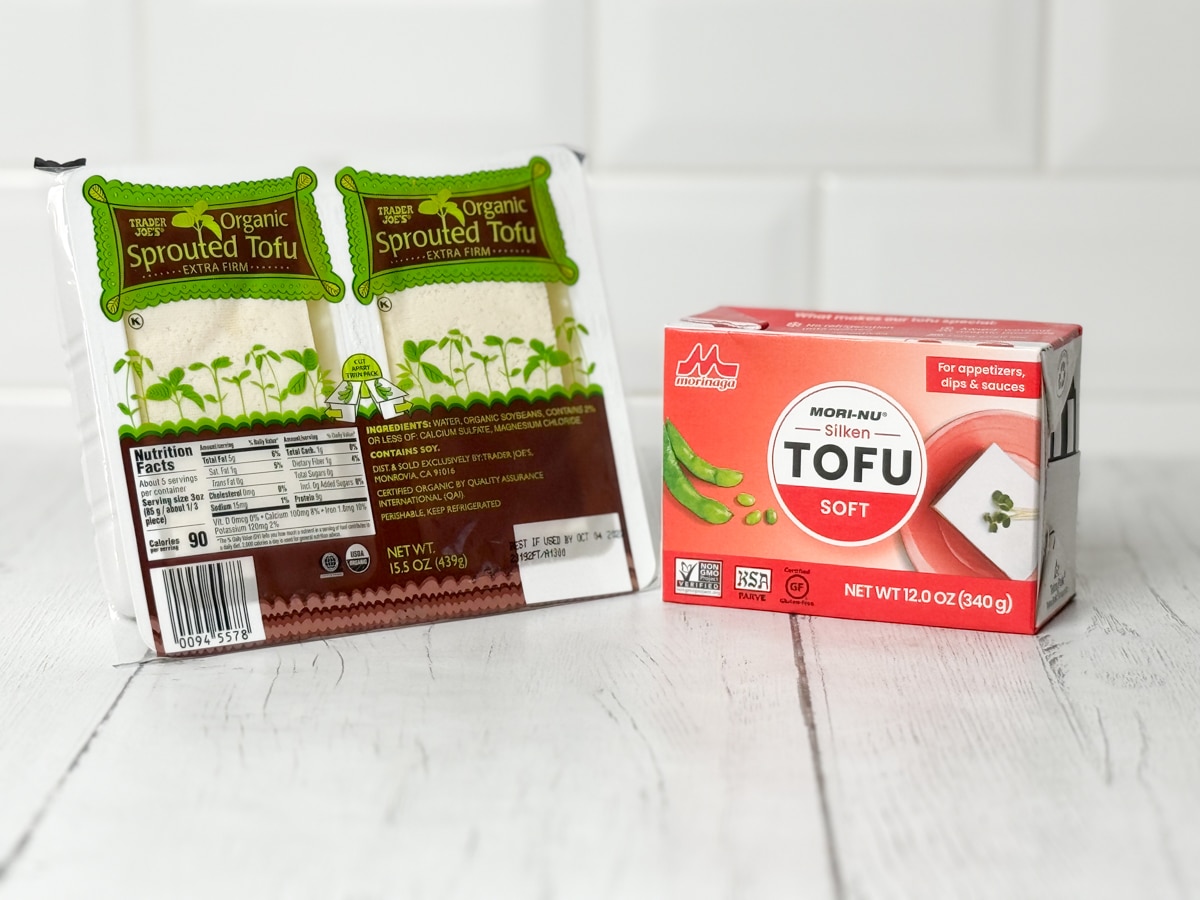
Tofu is a staple ingredient in many Asian cuisines. Tofu can be very versatile in the way its prepared. Cooking tofu can be prepared from smooth and soft, to crispy fried or baked. It's also very healthy for you!
What is Tofu?
Tofu, or bean curd, is a popular food derived from dried soybeans. It's made by curdling fresh soya milk, pressing it into a solid block and then cooling it, in much the same way that traditional dairy cheese is made by curdling and solidifying milk. There are many types of tofu from which to choose, from silken to firm to extra firm.
Health Benefits of Tofu
Tofu is rich in minerals such as calcium and magnesium. Tofu contains omega-3 and omega-6 healthy fats, making it a superfood. Tofu also has antioxidants, anti-inflammatory, and anti-cancer properties making this plant protein so good for you!
Some Healthy Recipes Using Tofu
Rice

It's no surprise that rice is the number one Asian cooking essential! Throughout history, rice has been the cornerstone of Asian cuisine, serving as the foundation of countless dishes, from steaming bowls of fragrant jasmine rice to savory sushi rolls made with sushi rice. So, what's the difference?
Jasmine Rice vs. Sushi Rice
Jasmine Rice is a long-grain rice. This means that it is longer and thinner than most other types of rice. It also tends to have a fluffy texture when cooked, rather than soft and clumpy. Steamed jasmine rice is ideal for eating with stir fries and curry dishes, in soups, and used for fried rice.
Some Fragrant Recipes Using Jasmine Rice
Sushi Rice is a short-grain rice. This glutinous rice has a higher starch content than other varieties, which gives it the sticky texture perfect for making sushi.
Some Tasty Sushi Recipes Using Sushi Rice
Rice Noodles and Rice Paper Wrappers
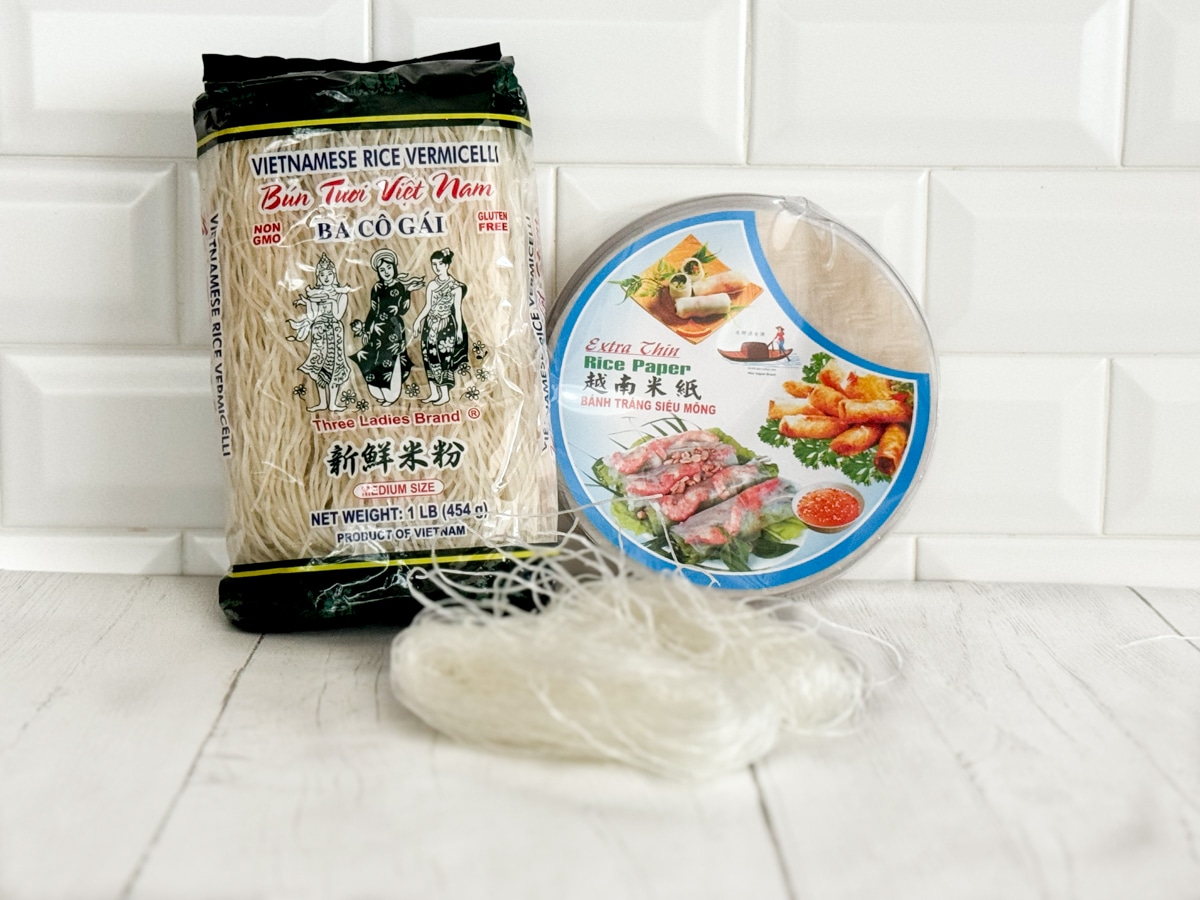
Rice noodles, a staple in many Asian cuisines, are versatile for their delicate texture and ability to absorb flavors. Originating in East and Southeast Asia, rice noodles come in various types, each suited for different dishes. Rice vermicelli noodles are commonly used in Vietnamese and Thai soups, salads, and stir-fries.
Some Delicious Recipes Using Rice Noodles
Rice paper wrappers, also known as spring roll wrappers, are made from rice flour, water, and salt, yielding a thin, translucent sheet. These wrappers serve as a staple ingredient in dishes like spring rolls and summer rolls, both fresh and fried, that complements a wide range of fillings, from vegetables and shrimp to meats and tofu.
Some Delicious Recipes Using Rice Paper Wrappers

Rows upon rows of rice noodles at a local Asian market. So many choices!
Toasted Sesame Seeds

Toasted sesame seeds, with their nutty aroma and delicate crunch, are versatile little gems that enhance the flavor and texture of countless dishes. Whether sprinkled on a vibrant Asian salad for added depth, or incorporated into a savory stir-fry, these tiny seeds pack a punch of flavor and nutrition.
Some Flavorful Recipes Using Toasted Sesame Seeds
- Sesame Seared Tuna with Cheesy Cauliflower Mash
- Air Fryer Teriyaki Cauliflower Wings
- Crispy Sesame Seared Tofu Strips
Chinese Five Spice
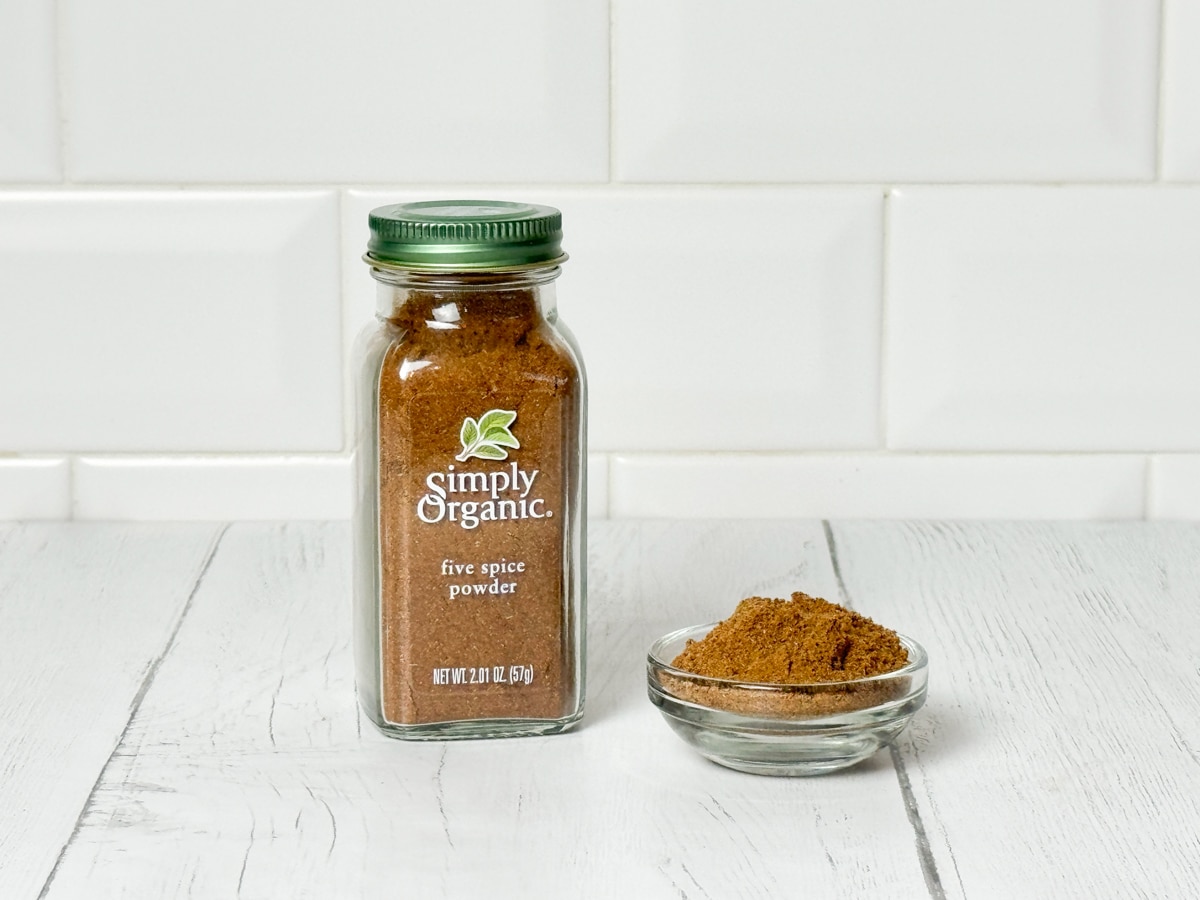
Chinese five spice powder is a popular, aromatic Asian spice blend typically comprised of star anise, cloves, cinnamon, Sichuan peppers, and fennel seeds. Chinese five spice adds depth and complexity to dishes ranging from braised meats to stir-fries, and even baked goods.
Some Aromatic Recipes Using Chinese Five Spice
- Chinese Five Spice Pork Tenderloin
- Five Spice Pumpkin Bread
- Asian Spiced Pork Chili with Butternut Squash

That's a wrap! Now you're ready to start cooking easy and delicious Asian food at home with your list of Asian Cooking Essentials to Keep in Stock! Check out all of the recipes this website has to offer, designed for the home cook, like you!
Update Notes: This post was originally published on September 4, 2018, but was republished in February 2024 with new images and updated text.

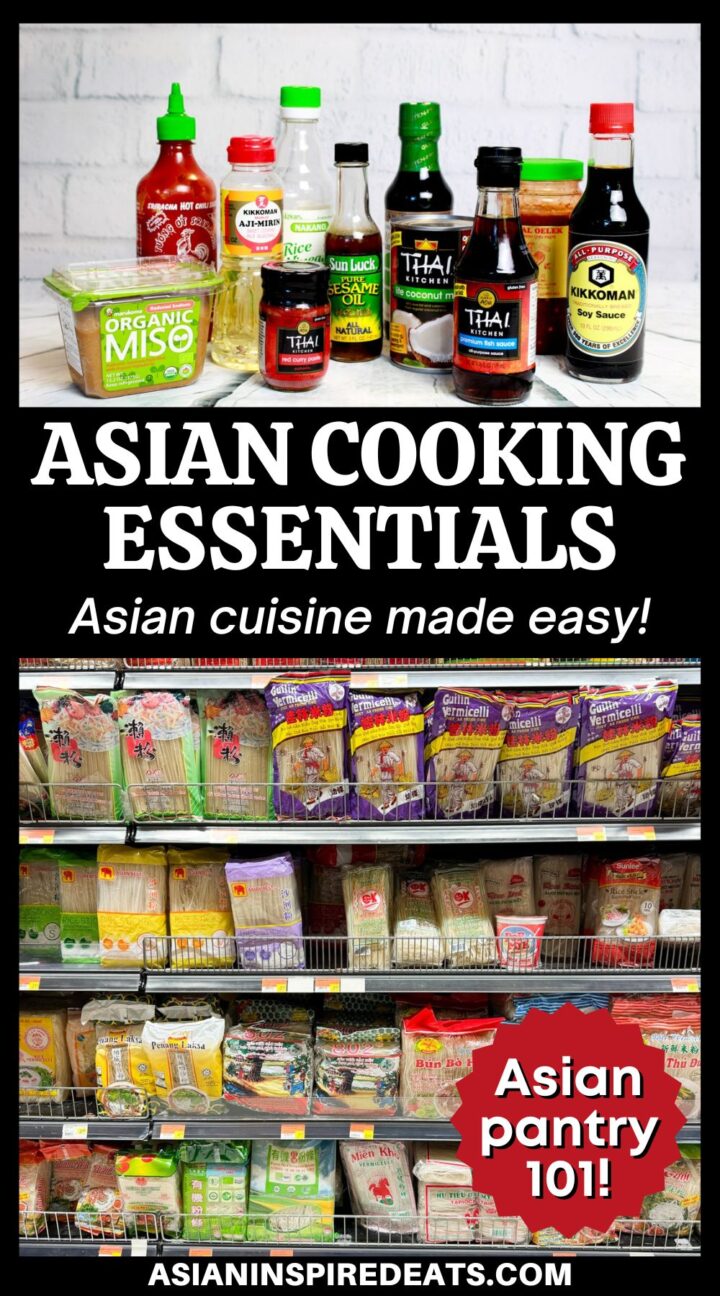
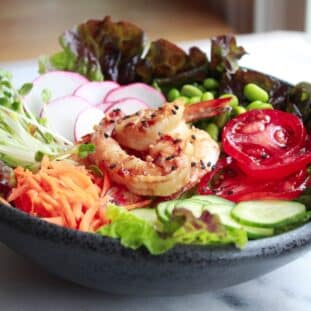

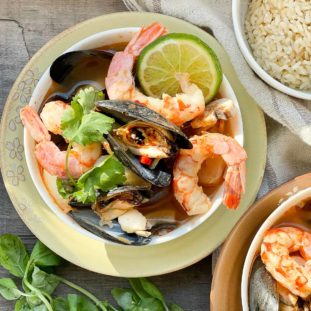



Maggie J says
Wow, this post was so helpful! I’m definitely going to buy some of these key items so I can try cooking Asian food. You make it look so easy!
Asian Inspired Eats says
I'm excited that these helped you get started, Maggie! Cooking Asian food should not be intimidating. Just follow my easy recipes and it's a cinch!
Nancy | The Bitter Side of Sweet says
Such a great list of items to have on hand!
Asian Caucasian says
Thanks, Nancy! These really are the staples for Asian cooking. 🙂
Lisa Huff says
Great list of ideas! I need to stock up so I can make more Asian food at home.
Asian Caucasian says
These are great ingredients to have on hand in your pantry. Makes cooking Asian-inspired recipes so easy!
Asian Caucasian says
I also use some of these Asian products for other types of cuisine. Like the sambal oelek (red chili paste), it gives certain recipes a nice kick!
Dorothy at Shockingly Delicious says
You are right....I have many of these, and if you keep them on hand, you can easily make an Asian-inspired meal!
Mike from Chili Pepper Madness says
I have all of these but the miso. Better run out for miso! Great list! It's extremely helpful.
Asian Caucasian says
You're very welcome, Mike! Miso can be kept in the fridge for quite a while. It makes a great sauce for many proteins.
Francis says
I have to agree I have all of these in my pantry.
Asian Caucasian says
Yay, happy to hear that! Just having these essential products makes Asian cooking so much easier.